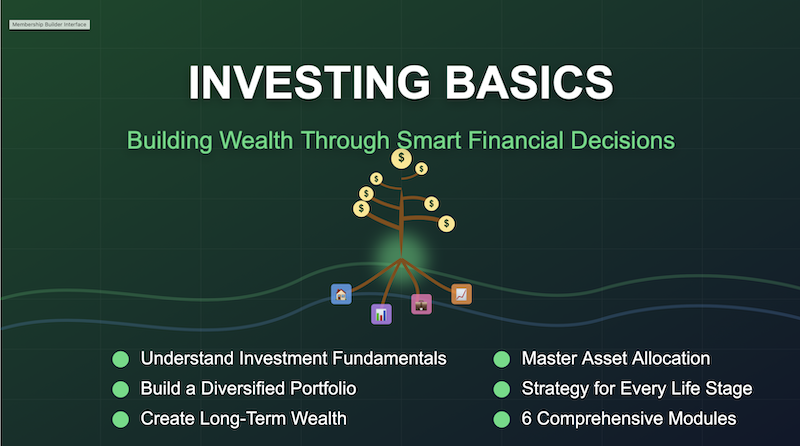
U.S. Consumer Spending Contracts in May; Inflation Still Moderating
Consumer spending unexpectedly dipped 0.1% in May, driven by a sharp decline in durable goods purchases like vehicles (-0.8%), while services growth remained tepid (+0.1%)—its slowest since Nov 2020. The PCE price index rose only 0.1% monthly, with core inflation up 0.2%, keeping the annual core rate at 2.7%. Though personal income dropped 0.4%, wage growth held, maintaining spending resilience. The savings rate fell to 4.5%. Economists suggest tariffs have disrupted spending patterns but may lift inflation once supply stabilizes. Atlanta Fed estimates Q2 GDP growth around 2.9%.
Why it matters: Slowing spending and steady inflation reinforce expectations for Fed rate cuts, which would further ease financial conditions and support markets. But sluggish durable-goods demand flags potential weakness.
Extra insight: This is the second spending dip this year—not outright recession, but a signal that consumer health isn’t bulletproof














